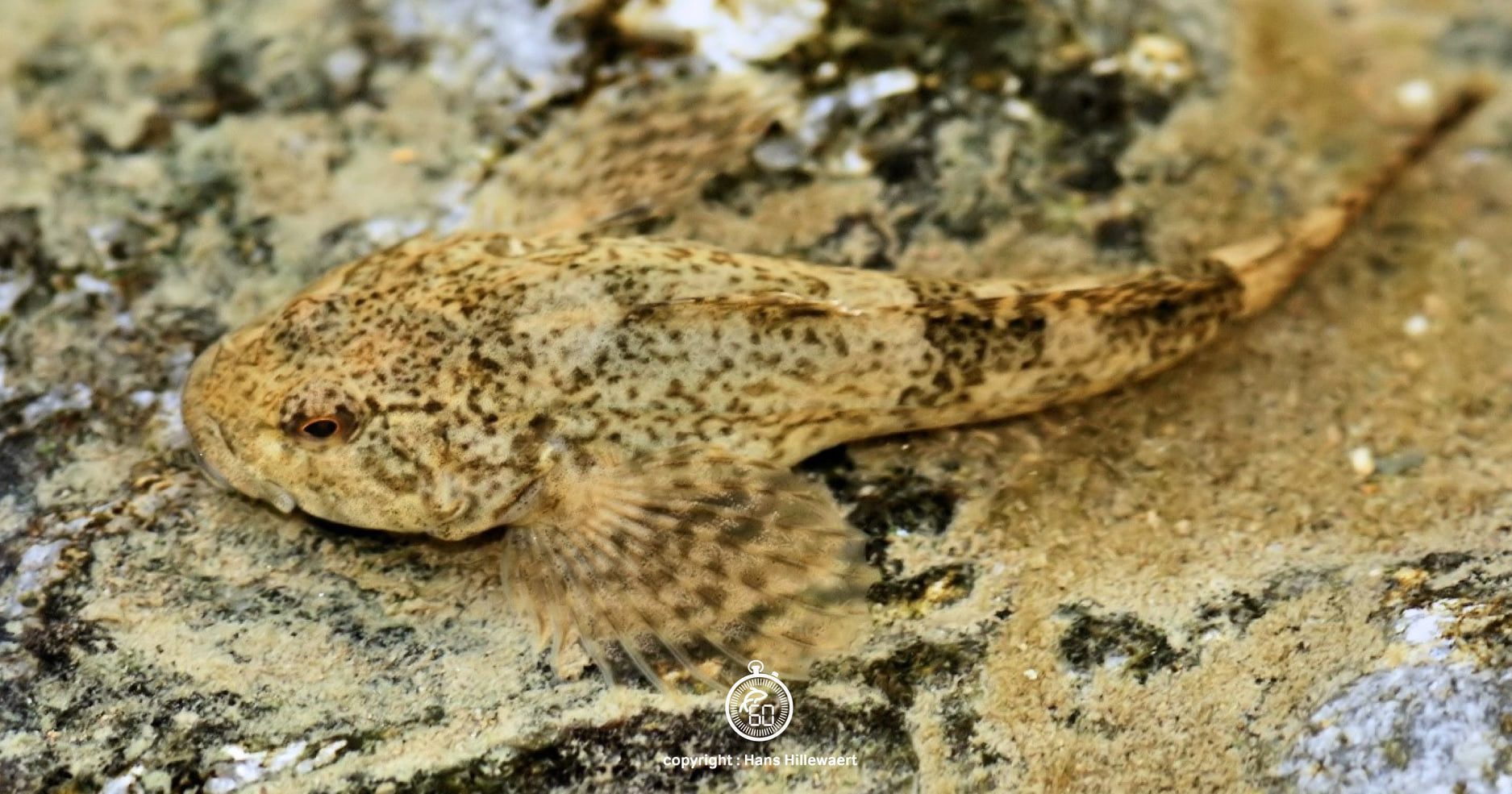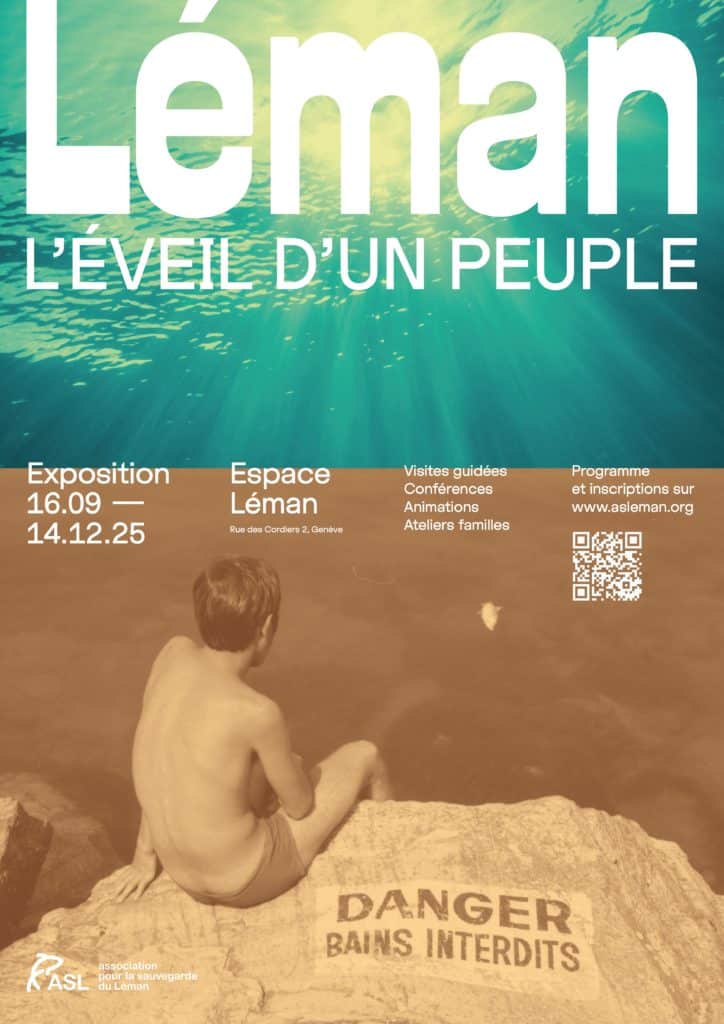Yesterday, 𝗷'𝗮𝗶 𝗮𝗰𝗵𝗲𝘁𝗲́ 𝗹𝗲 𝗽𝗼𝘀𝘁𝗲𝗿 𝗱𝗲𝘀 𝗽𝗼𝗶𝘀𝘀𝗼𝗻𝘀 𝗶𝗻𝗱𝗶𝗴𝗲̀𝗻𝗲𝘀 𝗱𝗲 𝗹'𝗔𝗦𝗟, 𝗲𝘁 𝘂𝗻 𝗽𝗼𝗶𝘀𝘀𝗼𝗻 𝗮 𝗮𝘁𝘁𝗶𝗿𝗲́ 𝗺𝗼𝗻 𝗮𝘁𝘁𝗲𝗻𝘁𝗶𝗼𝗻. It looked small and was covered in fins. I opened the dictionary to find out more. Castle, Hat, Camel... Ah. There. Sculpin. "A small fish with a large spiny head, carnivorous, hunting by stalking. I don't know much more than that. So I asked the ASL.
The sculpin is a small fish - between 10 and 12 cm. It can be recognised by its large, flat head (1/3 the length of its body) and its conical shape. 𝗜𝗹 𝗲𝘀𝘁 𝗰𝗮𝗽𝗮𝗯𝗹𝗲 𝗱𝗲 𝗺𝗼𝗱𝗶𝗳𝗶𝗲𝗿 𝗿𝗮𝗽𝗶𝗱𝗲𝗺𝗲𝗻𝘁 𝘀𝗮 𝗰𝗼𝘂𝗹𝗲𝘂𝗿 𝗲𝗻 𝗳𝗼𝗻𝗰𝘁𝗶𝗼𝗻 𝗱𝘂 𝗺𝗶𝗹𝗶𝗲𝘂 𝗼𝘂̀ 𝗶𝗹 𝘀𝗲 𝘁𝗿𝗼𝘂𝘃𝗲, known as homochromy. It can also be recognised by its large fins, but it has no scales!
Fish use fins to swim. The sculpin has six: two dorsal fins (on the back), a caudal fin (the tail), an anal fin (on the belly, behind the anus, it is almost white on the sculpin) and a pair of pectoral fins (on the sides). 𝗘𝗹𝗹𝗲𝘀 𝗹𝘂𝗶 𝗱𝗼𝗻𝗻𝗲𝗻𝘁 𝗹'𝗮𝗽𝗽𝗮𝗿𝗲𝗻𝗰𝗲 𝗱'𝘂𝗻 𝗯𝗼𝗹𝗶𝗱𝗲 𝗱𝗲 𝗰𝗼𝘂𝗿𝘀𝗲 𝗮𝗾𝘂𝗮𝘁𝗶𝗾𝘂𝗲.
In fact, this is not the case. 𝗟𝗮 𝗳𝗮𝘂𝘁𝗲 𝗮̀ 𝗰𝗲 𝗾𝘂 𝗼𝗻 𝗮𝗽𝗽𝗲𝗹𝗹𝗲 𝗹𝗮 𝘃𝗲𝘀𝘀𝗶𝗲 𝗻𝗮𝘁𝗮𝘁𝗼𝗶𝗿𝗲. This is a sort of buoy inside the fish's body that can fill or empty with air. When the fish fills it, it rises, and when it empties, it sinks. The sculpin, however, does not have one, which makes it very difficult for it to swim.
It therefore stays at the bottom of rivers and certain lakes, moving in small leaps. It particularly likes stony ground in cold, clear, oxygen-rich water. 𝗘𝘁𝗮𝗻𝘁 𝗽𝗮𝗿𝘁𝗶𝗰𝘂𝗹𝗶𝗲̀𝗿𝗲𝗺𝗲𝗻𝘁 𝘀𝗲𝗻𝘀𝗶𝗯𝗹𝗲 𝗮̀ 𝗹𝗮 𝗽𝗼𝗹𝗹𝘂𝘁𝗶𝗼𝗻, 𝗲𝘁 𝗻𝗲 𝗽𝗼𝘂𝘃𝗮𝗻𝘁 𝗽𝗮𝘀 𝗳𝗮𝗰𝗶𝗹𝗲𝗺𝗲𝗻𝘁 𝗳𝘂𝗶𝗿, 𝘀𝗮 𝗽𝗿𝗲́𝘀𝗲𝗻𝗰𝗲 𝗶𝗻𝗱𝗶𝗾𝘂𝗲 𝘂𝗻𝗲 𝗲𝗮𝘂 𝗽𝘂𝗿𝗲.
𝗟𝗼𝗿𝘀 𝗱𝗲 𝘀𝗮 𝗿𝗲𝗽𝗿𝗼𝗱𝘂𝗰𝘁𝗶𝗼𝗻, 𝗲𝗻𝘁𝗿𝗲 𝗳𝗲́𝘃𝗿𝗶𝗲𝗿 𝗲𝘁 𝗺𝗮𝗿𝘀, 𝗹𝗮 𝗳𝗲𝗺𝗲𝗹𝗹𝗲 𝗰𝗼𝗹𝗹𝗲 𝘀𝗲𝘀 œ𝘂𝗳𝘀 𝘀𝗼𝘂𝘀 𝗹𝗲𝘀 𝗽𝗶𝗲𝗿𝗿𝗲𝘀. They stay there for between 3 and 4 weeks, watched over by the male... except when he gets hungry and eats some of the eggs! After hatching, the young are fed for 10 to 12 days. They then hunt with their own fins. They live between 3 and 5 years but rarely die of old age.
This is mainly due to the trout - its main predator - but also to the bullhead, pike, eel, perch and chub. 𝗣𝗿𝗼𝗶𝗲, 𝗶𝗹 𝗲𝘀𝘁 𝗲́𝗴𝗮𝗹𝗲𝗺𝗲𝗻𝘁 𝗽𝗿𝗲́𝗱𝗮𝘁𝗲𝘂𝗿. At night, it leaves its hiding place (plant, rock) to feast on the larvae of black flies or whipworms and the eggs of other fish.
The poster of the native fish of Lake Geneva is available at the ASL shop.

Information taken from :
Burgun, Schweyer, "Le Chabot Commun", in Natura 2000 en Loraine, Les espèces.
Delachaux - Freshwater fish and fish species of Western and Central Europe (March 2015 edition)
DORIS, Common sculpin
Photo credits: Hans Hillewaert and E. Donovan


